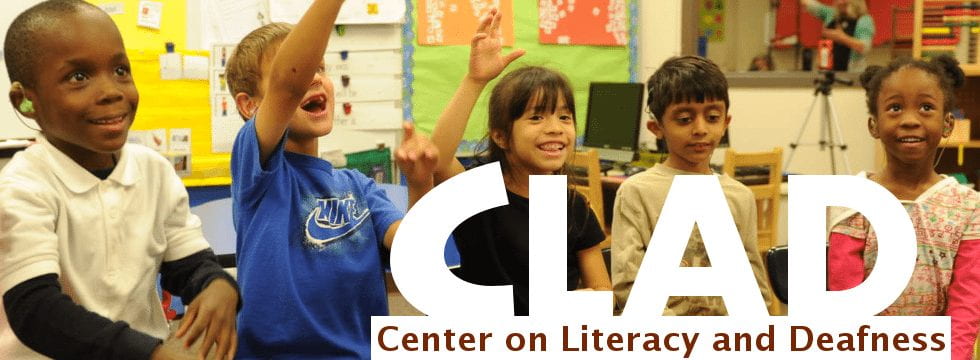Hello world!
Welcome to your brand new blog at sites@gsu.edu! To get started, edit or delete this post and check out all the other options available to you. For assistance, visit the comprehensive support site, check out the Edublogs User Guide guide or stop by The Edublogs Forums to chat with other edubloggers. For personal support, you can attend […]
Continue reading →